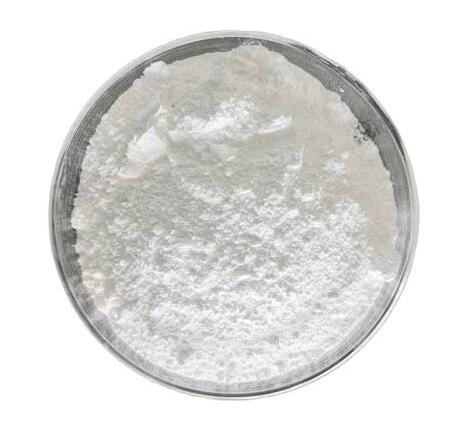Applications of Zinc Carbonate
Zinc carbonate can be used in a variety of fields and locations, some of which will be described in this article.
In Veterinary Medicine
Zinc carbonate can be used as an astringent, antiseptic and topical wound protector in animals.
It also helps to prevent diseases caused by zinc deficiency, which is why it is used as a supplement to the diet of some animals, provided that the dosage meets the standards set by the WHO.
Zinc carbonate is sometimes used as a micronutrient for the prevention of diseases in animals.
In Medical Treatment
This compound can be obtained in some pharmaceutical products. It is applied to inflamed skin in the form of a powder or a lotion.
In dental therapy
Certain toothpastes based on zinc carbonate and hydroxyapatite nanocrystals are regularly applied on dentures. It is more effective in reducing hypersensitivity than fluoride based toothpastes.
The size, shape, chemical composition and crystallinity of ZnCO3 and hydroxyapatite nanocrystals are similar to dentin, so the application of these materials can seal dentin tubules.
ZnCO3-hydroxyapatite nanoparticles have been successfully tested to reduce sensitivity in whitening teeth. This type of toothpaste is useful after the tooth whitening process.
As a Flame Retardant
It is used as a fire retardant filler for rubber and plastics exposed to high temperatures.
It protects textile fibers from fire. In the case of cotton textiles, it is applied to the fabric together with some alkali. This directly attacks the primary hydroxyl group of cellulose and converts it into sodium cellulose.
The breakdown of the cellulose bonds by the alkali facilitates the permeability of the compact cellulose structural chains, which is why more ZnCO3 is able to enter the amorphous zones in them and promote their dispersion.
Some cotton fabrics may contain ZnCO3 in their fibers in order to make them fire resistant. As a result, the amount of combustible gases that may be produced by a fire is reduced.
Isolation of Hazardous Minerals from Arsenic
Methods for separating arsenic minerals from sulfide rocks such as galena, chalcopyrite and pyrite have been tested using ZnCO3. Arsenic-rich minerals must be separated from other minerals because this element is a very toxic and harmful contaminant for living organisms.
To achieve this, the ground rock mixture was treated with a solution of zinc sulfate and sodium carbonate at pH 7.5-9.0 and a xanthic acid compound.
The effectiveness of the formulation is attributed to the formation of small ZnCO3 particles on the surface of chalcopyrite, making it hydrophilic (water-related), so it cannot adhere to air bubbles, float, precipitate and separate from other minerals.
Storage
Store this substance in tightly sealed or tightly closed containers, keeping it highly dry and avoiding humidity or extreme heat.
For more information, please contact us.



评论
发表评论